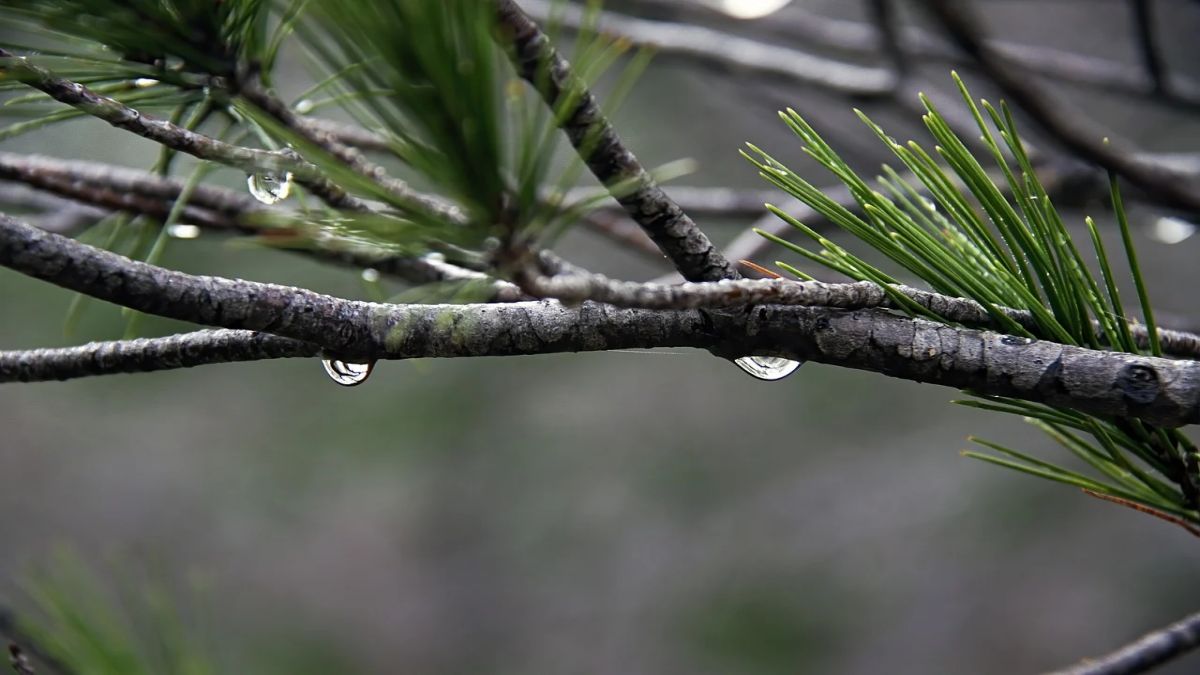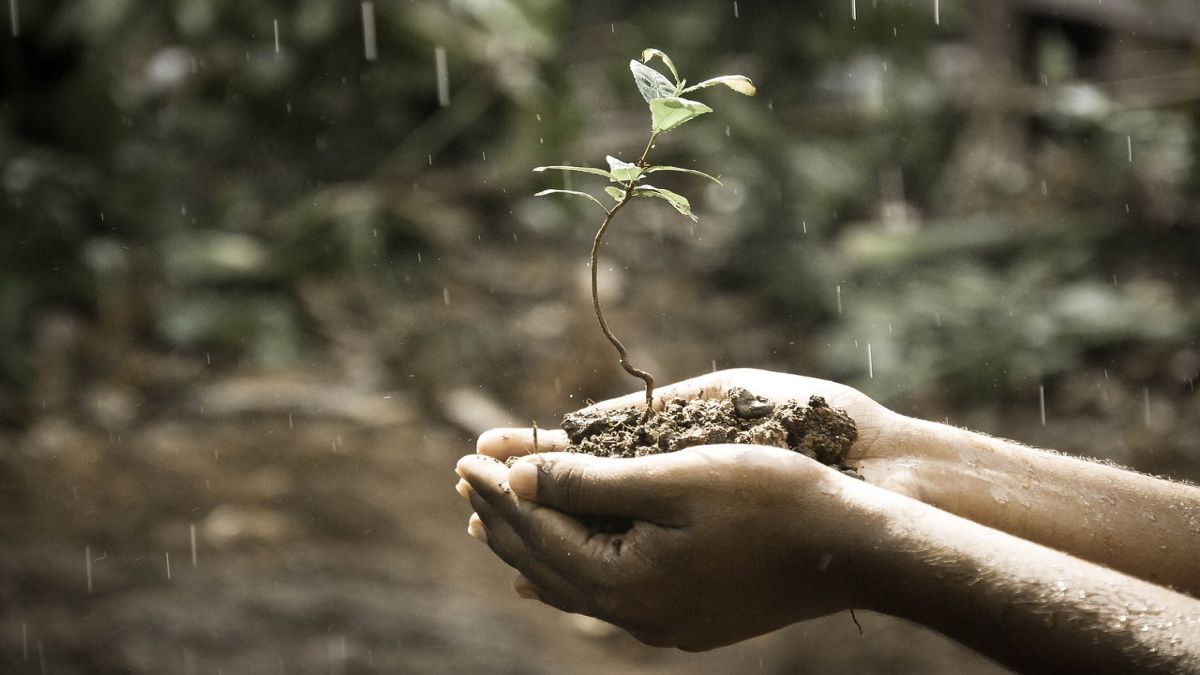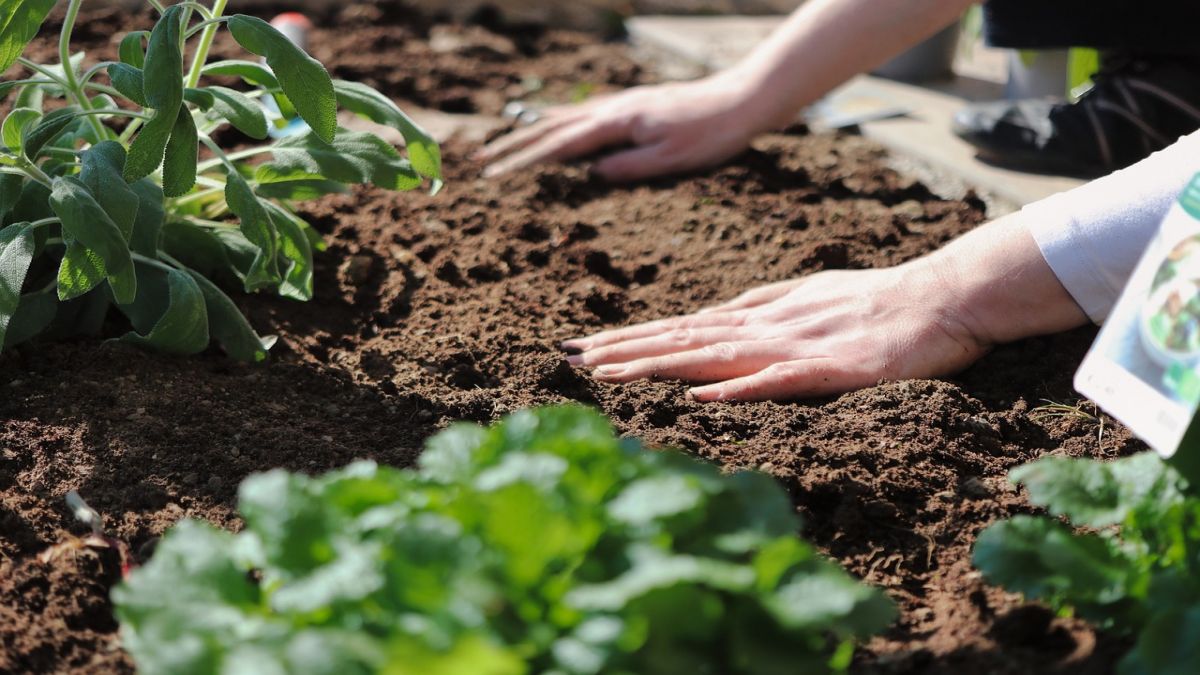Collecting Rainwater to Irrigate Your Garden: A Sustainable Water Solution
Hey there, gardening buddy! Today, let's talk about a topic that's near and dear to my heart - collecting rainwater to irrigate your garden.
It's like having your own personal water supply, straight from the heavens above, and it's easier than you might think to set up.
"But wait, isn't rainwater just as precious as the water that comes out of my tap?" Well, my friend, while it's true that freshwater is a limited resource, rainwater is actually a renewable and sustainable source of irrigation for your garden.
In fact, according to a study conducted by the University of Arizona, using rainwater for irrigation can reduce your household's freshwater consumption by up to 30%! That's like saving enough water to fill up your bathtub every single day!
But that's not all - rainwater is also better for your plants than tap water. It's naturally soft, free of chlorine and other chemicals, and has a slightly acidic pH that helps plants absorb nutrients more easily.
Plus, it's like giving your plants a refreshing drink of pure, untreated water, straight from the source. I remember when I first started collecting rainwater, my tomato plants went absolutely bonkers!
They grew taller than me, and the fruits were as big as my head (okay, maybe not that big, but you get the idea).
So, how do you go about collecting rainwater for your garden? Well, my friend, it's actually pretty simple. All you need is a rain barrel or cistern, a downspout diverter, and a little bit of elbow grease. Here's a step-by-step guide to get you started:

8 Simple Steps to Set Up Your Rainwater Harvesting System
1.Choose a location for your rain barrel or cistern. It should be placed near a downspout and on a level surface that's easy to access. I like to put mine right next to my garden shed, so I can easily wheel over a hose and water my plants.
2.Install a downspout diverter. This handy little device will redirect the water from your downspout into your rain barrel or cistern.
Make sure to follow the manufacturer's instructions carefully, or you might end up with a mini-waterfall in your backyard (trust me, I've been there).
3.Set up your rain barrel or cistern. If you're using a rain barrel, make sure it has a tight-fitting lid to keep out debris and mosquitoes.
If you're using a cistern, make sure it's made of a durable material like concrete or polyethylene. I once had a rain barrel that cracked in the hot summer sun, and let me tell you, cleaning up that mess was no picnic!
4.Connect your rain barrel or cistern to your downspout. Use a flexible hose or PVC pipe to create a tight seal between the diverter and the barrel or cistern. Make sure there are no leaks, or you might end up with a soggy garden (and a very unhappy gardener).
5.Add a spigot or hose bib to your rain barrel or cistern. This will make it easy to attach a hose and water your garden. I like to keep a few different nozzles on hand, so I can adjust the spray pattern depending on what I'm watering.
6.Consider adding a screen or mesh cover to your rain barrel or cistern. This will keep out leaves, twigs, and other debris, and prevent mosquitoes from breeding.
I once had a rain barrel that turned into a mosquito breeding ground, and let me tell you, those little buggers can really put a damper on your gardening mojo!

7.Place a brick or block under one side of your rain barrel or cistern. This will create a slight slope, making it easier to drain the water out. I like to keep a few bricks handy, just in case I need to adjust the slope.
8.Enjoy your free, sustainable water supply! Use your rainwater to water your garden, wash your car, or even top up your birdbath. I like to think of it as my own personal rainwater spa for my plants!
Now, I know what you're thinking - "But what if it doesn't rain for a while?" Well, my friend, that's where a little planning comes in handy.
Make sure to position your rain barrel or cistern in a spot that gets plenty of sun, and consider adding a second or third barrel or cistern to increase your water storage capacity.
That way, you'll always have a backup plan, even if Mother Nature decides to take a little vacation.

And let's not forget about the environmental benefits of rainwater harvesting. By reducing your reliance on freshwater for irrigation, you're helping to conserve this precious resource and reduce the strain on local water supplies.
Plus, you're helping to reduce stormwater runoff, which can carry pollutants like fertilizers and pesticides into nearby waterways. It's like giving Mother Nature a big ol' hug, one raindrop at a time!
So, what are you waiting for? It's time to start collecting rainwater and giving your garden the gift of pure, sustainable irrigation. Who knows, you might even discover a hidden talent for plumbing in the process!
Just imagine the bragging rights you'll have when your friends come over and see your fancy new rainwater system. "Oh, this old thing? I built it myself, no big deal!" (Okay, maybe don't say it quite like that, but you get the idea).
Happy gardening, and may your plants always be well-watered! Let's make this gardening thing a team effort, shall we?
OTHER NEWS
-
- Why Should all Young People Have a Credit Card of Their own?
- By Little Grapes 24 Apr,2023

-
- How Much do you Know About the Hidden Costs of Buying a Home in the US, Apart From the Down Payment and Mortgage?
- By Anna 24 Apr,2023

-
- Five Best AI Stocks to Buy
- By Prodosh Kundu 27 Aug,2024

-
- Credit Card Debt Problems for Americans!
- By Wendy 26 Feb,2024

-
- Salvaging Credit Cards with Low Credit Scores: Tips and Strategies for Financial Recovery!
- By Wendy 24 Apr,2023

-
- The Rise of Tech Stocks: Five Key Areas Investors Should Watch
- By Prodosh Kundu 24 Jun,2024

-
- Different Home Loans for Buying a Home in the USA
- By Anna 24 Apr,2023

-
- What Does a Real Estate Agent do?
- By Anna 24 Apr,2023

-
- How do I buy Insurance?
- By Little Grapes 24 Apr,2023

-
- How to Analyze Market Trends to Make Informed Decisions
- By Muhammad Talha 16 May,2024

-
- About Real Estate, These you Need to Know!
- By Little Grapes 24 Apr,2023

-
- Real Estate Investment Needs to be Careful!
- By Little Grapes 24 Apr,2023

 1
1 1
1